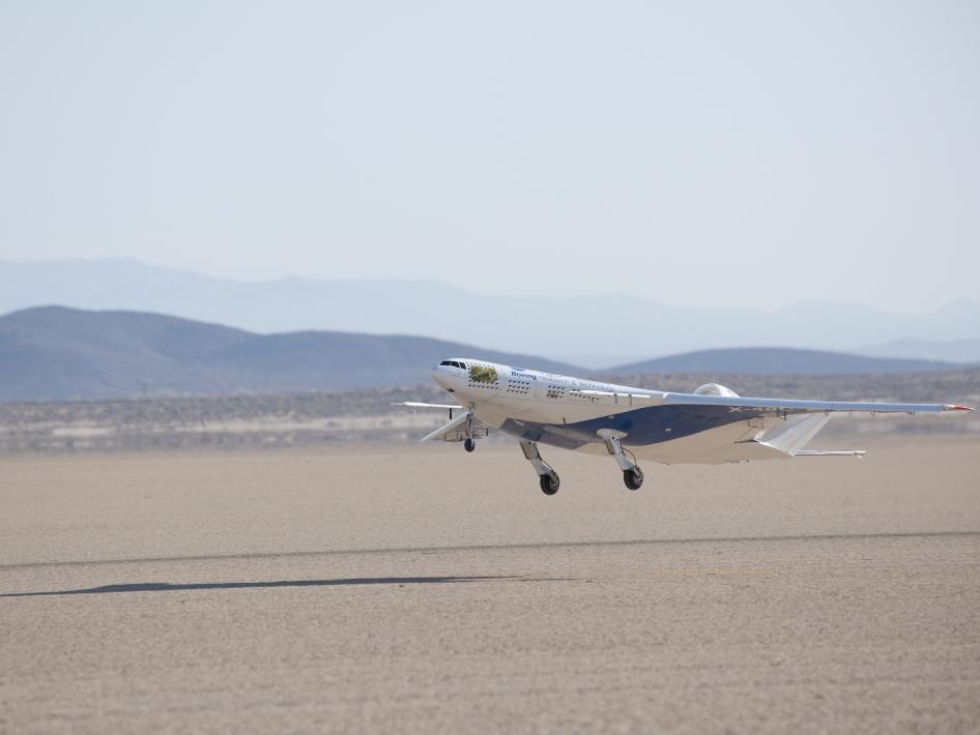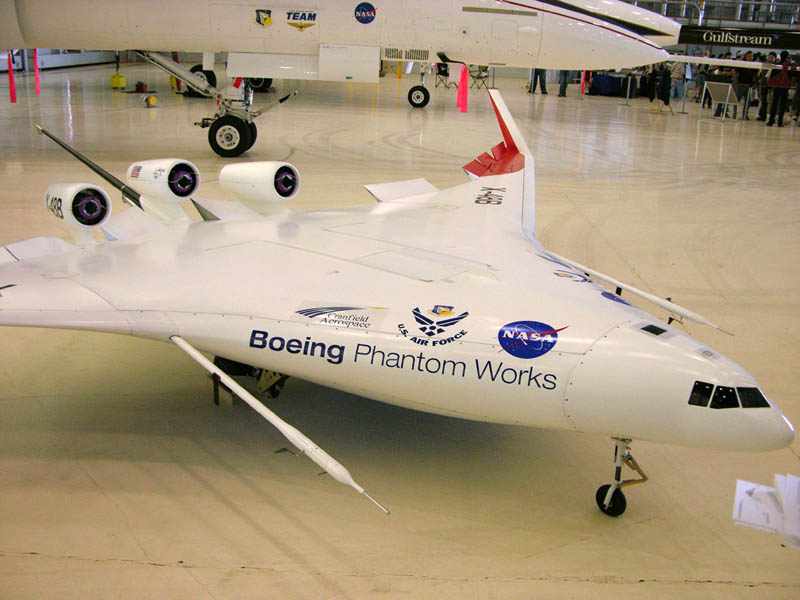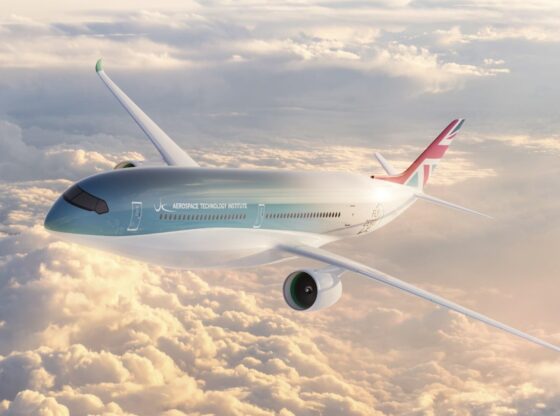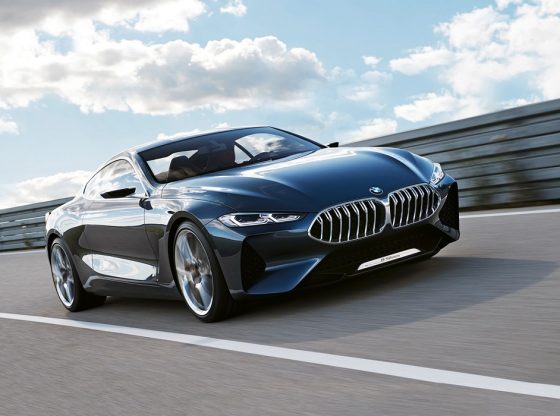
The unmanned prototype airplane X-48C was recently tested in a successful takeoff and landing. Developed by Boeing and NASA it is a prototype for future aircraft. It is believed that hybrid wing planes are the future and that they can reduce fuel consumption by as much as 20 to 30 percent, compared to traditional passenger airplanes. The blended wing body (BWB) concept offers structural advantages, aerodynamic and operating advantages over today’s more conventional wing designs
The X-48C is a test-bed model that corresponds to only 8,5 percent of the size the real airplane. The previous version X-48B had a 6.4-meter wingspan, a weight of 178 kilos and was built by composite materials.

Both the B and C versions are powered by three small turbojet engines and are capable of flying at speeds up to 220 km/h and reaches an altitude of 3,000 meters. Compared to its predecessors, The X-48C has its vertical stabilizers moved inboard on either side of the engines.
The X-48 concept is a blended wing body (BWB) design that offers several distinct advantages compared to more conventional fuselage-and-wing designs, among these structural, aerodynamic and operating efficiencies. All of which translates into greater range, fuel economy, reliability, and life-cycle savings, as well as lower manufacturing costs. And within a few years, this type of airplane design might be what will become standard.
It will take ten years before the first real full-scale BWB airplane will be ready for take-off though. Expected to get a wingspan of 80 meters and a maximum range of 17,700 kilometers, or almost a half way around the world.
_______________
Blended Wing Body Aircraft Lifts Off
______________________________

![OpenAI. (2025). ChatGPT [Large language model]. https://chatgpt.com](https://www.illustratedcuriosity.com/files/media/55136/b1b0b614-5b72-486c-901d-ff244549d67a-560x416.webp)









![OpenAI. (2025). ChatGPT [Large language model]. https://chatgpt.com](https://www.illustratedcuriosity.com/files/media/55136/b1b0b614-5b72-486c-901d-ff244549d67a-350x260.webp)
![OpenAI. (2025). ChatGPT [Large language model]. https://chatgpt.com](https://www.illustratedcuriosity.com/files/media/55124/79bc18fa-f616-4951-856f-cc724ad5d497-350x260.webp)
![OpenAI. (2025). ChatGPT [Large language model]. https://chatgpt.com](https://www.illustratedcuriosity.com/files/media/55099/2638a982-b4de-4913-8a1c-1479df352bf3-350x260.webp)








